Set in the midst of the epic Himalayas, Ladakh is a rural and superb excellent travel objective. The tough valleys and mountains, winding streets combined with the energetic social life keep up the extravagance and appeal of this locale. The notorious Magnetic Hill, the turquoise shaded Pangong Lake, the conjunction of two magical streams, old and stunning cloisters and the most elevated passes are a couple of the sublime attractions of Leh and Ladakh as a rule. There are lot of Myths about this regions & during our 1st trip to Ladakh we learned some amazing facts of this amazing region.
1. The Himalayas are similarly as superb when seen from above
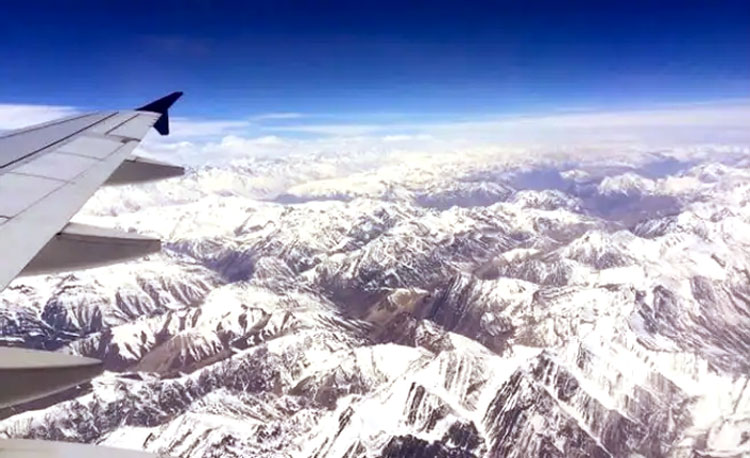
The early flight from Leh to Delhi or Delhi to Leh, you see the mountains from above in splendid daylight, and they are similarly as great as when seen very close! You see the mesmerizing view of the snow peaked Himalayas mountains. Its an eye catching second. Try not to burn through your time making recordings, rather witness this ceaseless view.

2. Most of Pangong Tso lake actually lies in Tibet
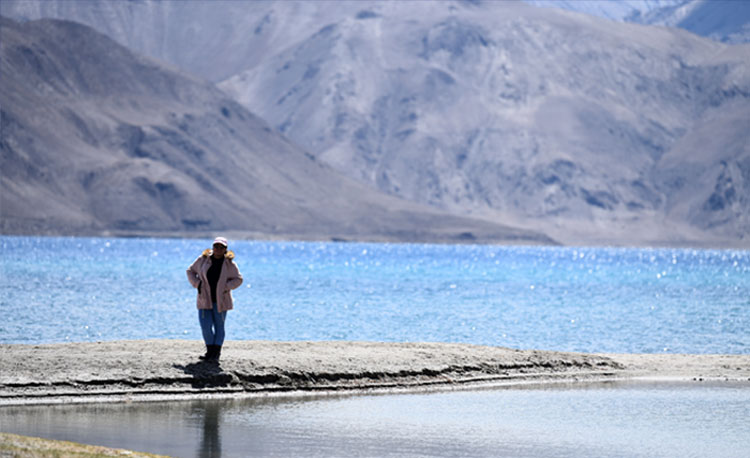
Since 2009, when the climax of the famous Bollywood film 3 Idiots was shot there, the world’s most noteworthy saltwater lake (tso implies lake in the Tibetan language) has been perhaps the most mainstream traveler destination in Ladakh, with a huge number of individuals crowding its shores and taking pictures and selfies. We knew the around 140 kilometer-long saltwater Pangong Tso lake was one of the more well known sights in Ladakh, with its dark blue water reflecting the dark blue sky (just when it’s radiant, obviously). What we didn’t understand was that it extends across the boundary into Tibet (the Tibet Autonomous Region, as China calls it), with just around 30 kilometers or so in India.

3. It can be both achingly hot and cold — simultaneously
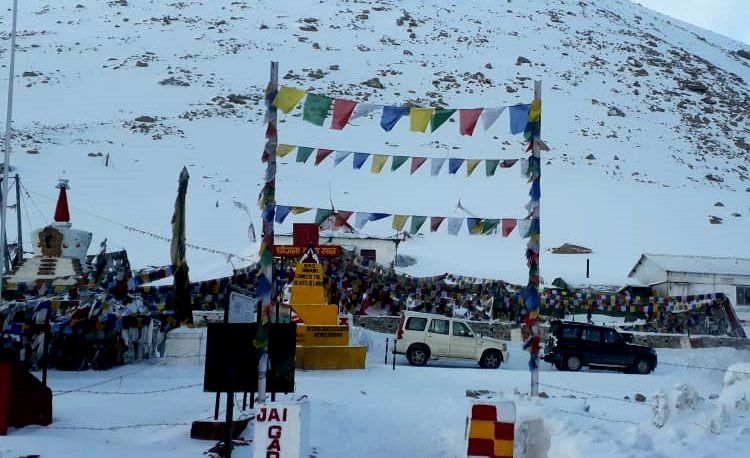
They state one can get both sunstroke and frostbite at the same time in Ladakh, and we found that it might just be legitimate. While the chilly breeze can tear through the most sizzling of articles of clothing, the slight air never truly shield you from the merciless sun. The explanation for it is the one of a kind and outrageous topographical area of Ladakh.
Ladakh is a land encircled by high mountains. In the eastern side, it is encircled by the strong Himalayas, while in the north by Karakoram Range and in the South by Zanskar mountains. The mountains makes the temperature amazingly low and it gets exceptionally scant precipitation, along these lines it is a virus desert. Because of the nearness of snow clad mountains, the breeze here is amazingly crisp equipped for giving a frostbite, however so slight that it doesn’t decreases the force of daylight.
Along these lines an individual presented to such circumstances can experience the ill effects of frostbite and sunstroke simultaneously in Ladakh.

4. The Ladakh mountains aren’t as close as they look
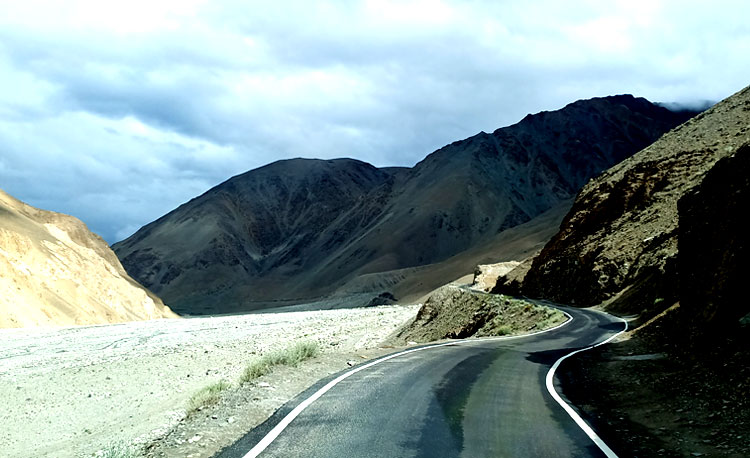
The topographical area of Ladakh association region is the most elevated height level district in India (quite a bit of it being more than 3,000 m), fusing portions of the Himalayan and Karakoram mountain ranges and the upper Indus River valley.
It shocked us city slickers: the manner in which the mountains can twist one’s view of distance. The sheer size of the mountains made them look such a lot of nearer than they truly were, and made significant distances appear to be a lot more limited.

5. Inevitably, your eyes pulse for the colour green
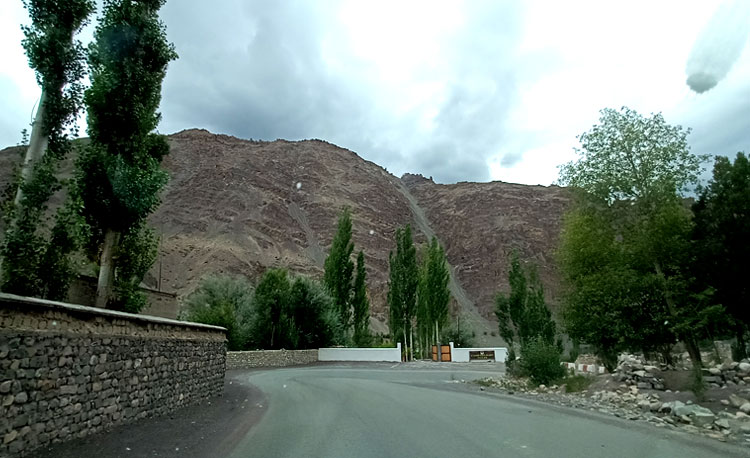
The scene and mountains were an intriguing exhibit of examples and shapes, yet they were all in shades of earthy colored and yellow—with a touch of snow-white tossed in to a great extent—and all under a top of gleaming blue or dark. Inevitably, the requirement for the shading green turned out to be just about an actual throb! The little fixes of green grouped around the uncommon springs and streams—or even painted on a divider—consistently came as an exceptional help.
Because of the outrageous dryness, you would discover meager vegetation in the region. There are insufficient patches of grasses and bushes for creatures to eat. During the summers, trees of organic products, for example, apples, apricots, and pecans sprout.

6. The mountain passes should be crossed before 3 PM
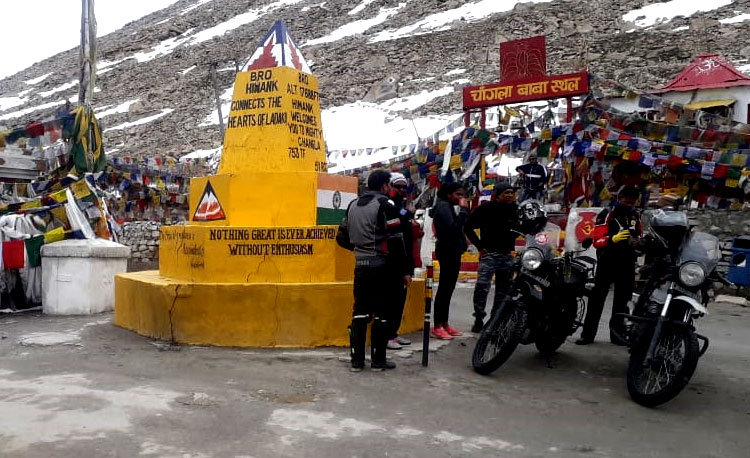
Ladakh is affectionately known as ‘Land of Passes’, offering stunning perspectives and vistas that really are a lifetime experience. In the archaic ages, the Himalayan mountain passes were utilized as significant shipping lanes by the South-Asian countries for the exchanging of merchandise like silk, flavors and so on These passes were a method of the Indian subcontinent to remain associated with the remainder of the world. There are three significant passes in Ladakh Changla Pass, Khardungla Pass and Tanglangla Pass.
During our excursion to Ladakh in June 2019, we were leaving from Pangong Lake to Leh and needed to cross Changla Pass. We left late from the lake and in the middle of while the stretch to Changla Snow Fall began, it was around 4pm. Furthermore, we stalled out do seriously that needed to go through the entire night at the Changla Pass Army Camp and left toward the beginning of the day. It is highly recommended to croos the passes in Ladakh befor 3pm.

7. They look like bear cubs, but they are local stray dogs

The canines in Ladakh have tremendous hide on their body and which unquestionably make them seem as a bear cub. Discovered this one of the canine at Baralacha Pass. Their jacket is thick, which can keep them warm in chilly temperatures and comprises of two layers of hide, one containing long hide and the base layer comprising of thicker, defensive hide.

8. Leh – Srinagar road trip is every biker’s dream
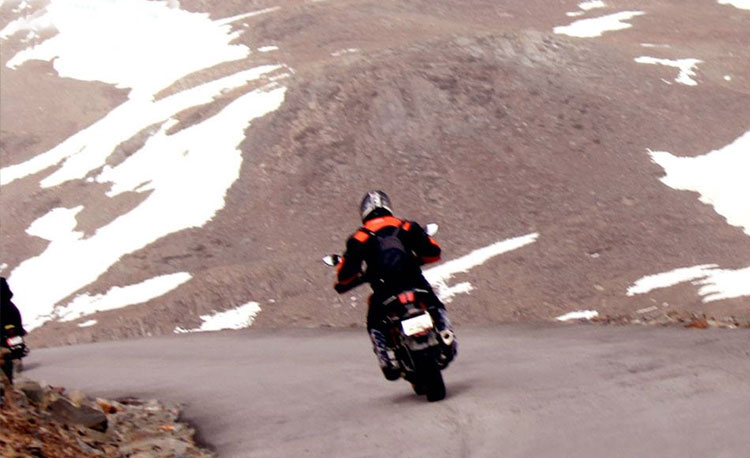
The absolute first time when we voyaged Ladakh, it was only an outing, simply an another excursion. What’s more, discovered that something other than visiting Ladakh, it is a greater amount of the emotions this region offers. We discovered the Leh Srinagar highway to be one of the best quality, offering the absolute most sensational scene on earth unfurling & due to which it is the dream of most of the Bikers to drive on Leh Srinagar Highway. On this landscape one rides like nobody is viewing, yet in addition need be mindful on the breathtaking pin-twists streets.

9. Ladakh is not a name of the city its a region
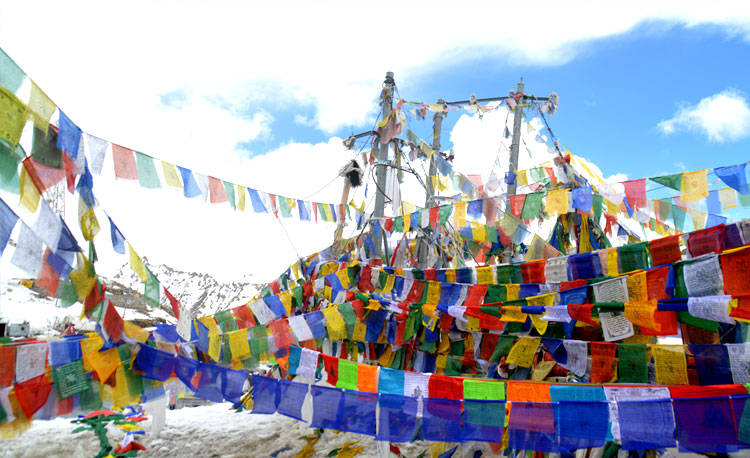
We always thought that Leh – Ladakh are name of 2 different cities, but when we entered the region we came to know that Ladakh is the name of the region & Leh is the joint capital and largest town of Ladakh region. These days Ladakh region is administered by India as a union territory. The Ladakh Range lies between the Indus and Shyok river valleys, stretching to 370 kms.
join trip to Ladakh | Biking trip to ladakh | spiti trip | spiti biking trip | assam meghalaya trip | sikkim trip | womens only ladakh trip
Mad About Holidays
Source: traveltriangle.com, india.com, thegoodlifewithiq.com, brainly.in
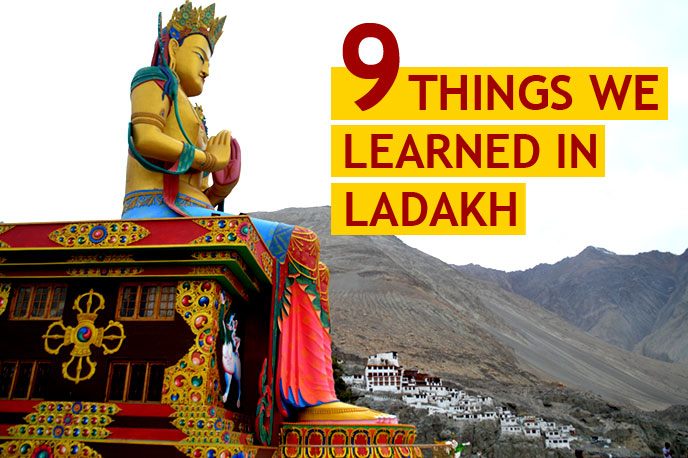



Amazing. I could connect with most of the facts mentioned above.👍
True Atul, Ladakh is amazing …. #CelebrateLife #KeepTraveling